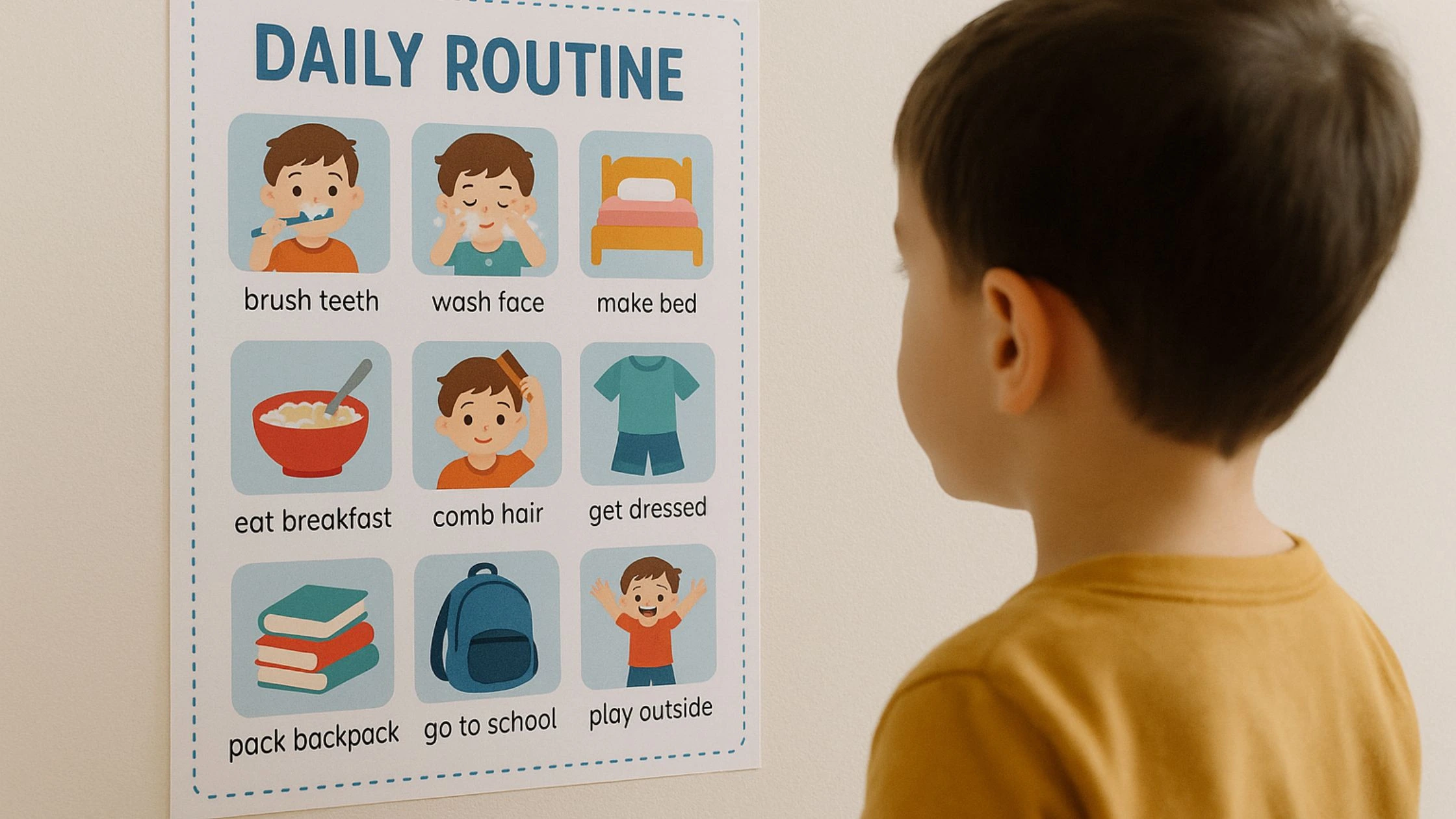Let’s be honest: shifting from summer mode to school mode isn’t exactly a smooth transition. One minute it’s lazy mornings and cereal at noon. The next, it’s 6:30 a.m. wakeups, lost shoes, and a child who refuses to wear socks.
For neurodiverse children, this shift can feel especially disturbing. Routines, after all, are more than just nice—they’re anchors. They help children know what’s coming next, which in turn helps their brains stay calm, focused, and less likely to have a big meltdown when the school bell rings.
Why Bother with a Routine, Anyway?
Good question. Here’s why:
-
Routines build familiarity, which builds confidence
-
They help regulate sleep, attention, and mood
-
And they make mornings less like a scene from a disaster movie
-
In short, routines don’t just make life easier, they make it work.
How to Set up a Routine
Routines are hard to build. They take time, patience, and repetition. But once in place, they offer a sense of comfort and order, especially for children with autism, ADHD, or Down syndrome. These routines help them feel safe in a world that can often seem unpredictable.
That’s why it helps to plan ahead. Use a few simple steps to ease the shift. And make time for tools like Enara. Adding it to your schedule can prevent your child from forgetting what they’ve learned in therapy. It keeps their progress alive even when therapy sessions pause.
-
Start with a simple visual schedule that includes:
• Breakfast
• Getting ready for school
• Winding down
• Bedtime
-
Slot in Enara’s 15-minute sessions as part of your morning or evening routine. They’re short, fun, and sneak therapy in without anyone noticing.
-
Use Enara’s progress tracking to see what’s clicking and what’s not, so you can focus on the skills that matter most.
It’s structure without stress
Let Enara quietly anchor your days with therapy that feels like play and routines that feel like home.
Want to Get Ahead of the Chaos?
Build a routine your child can count on with a little help from Enara.



